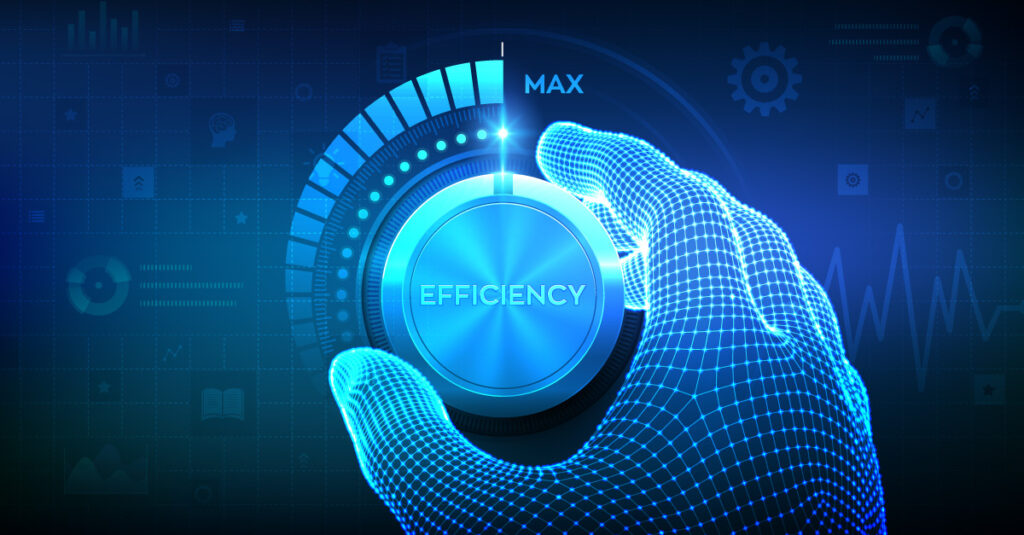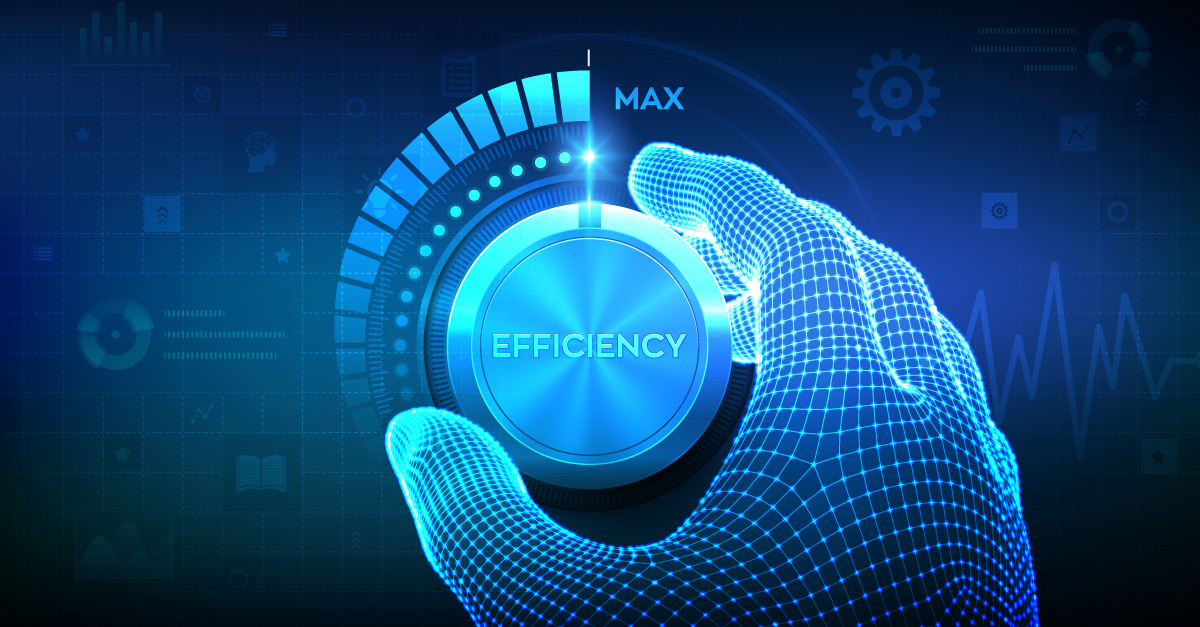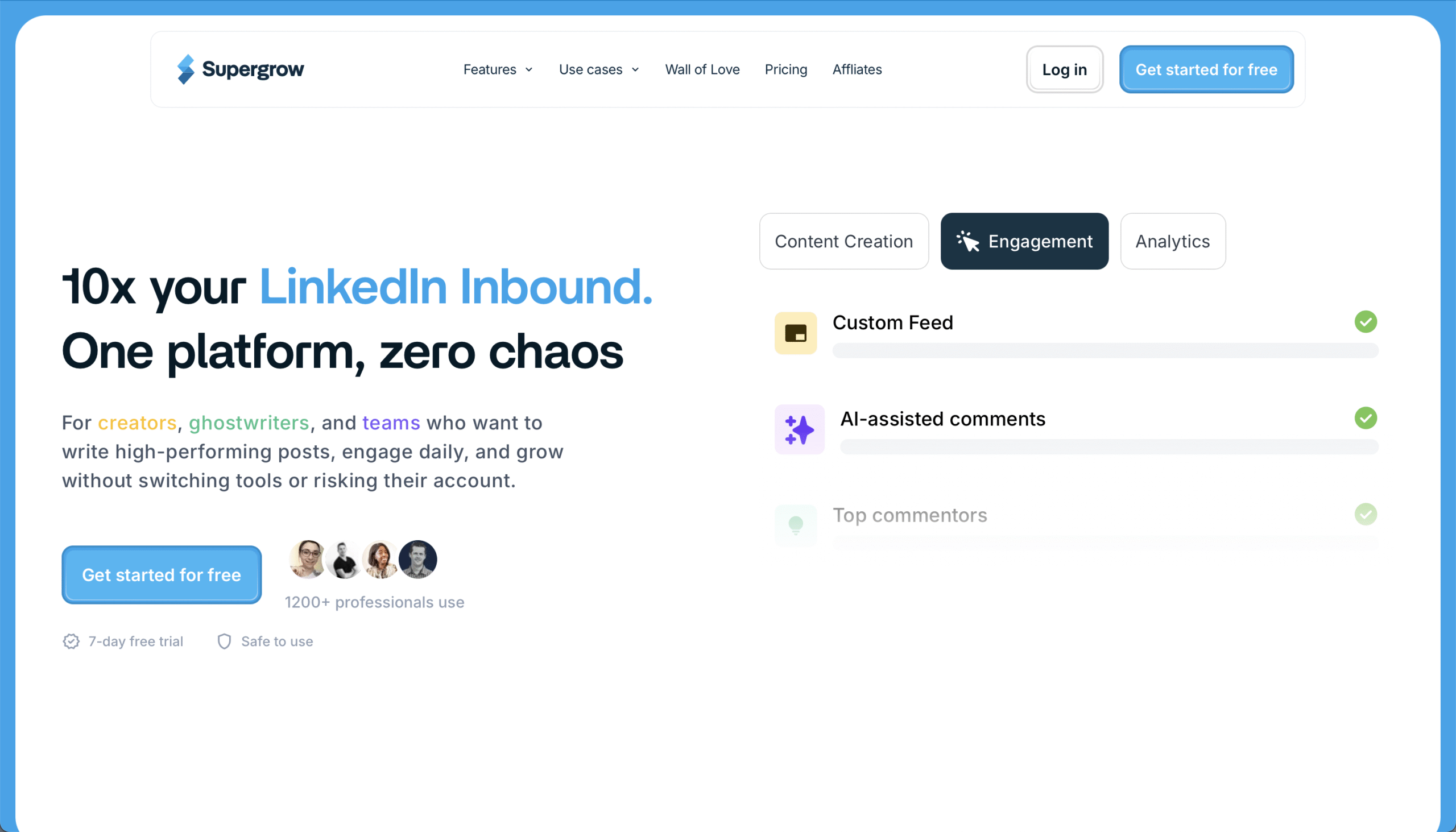You can’t pay for real-world experience, but you can pay for the data that tries to replace it.
The Efficiency Illusion: The High Cost of Un-lived Data
Every company, at some point, faces a fundamental fork in the road. You can chase efficiency and scale by leaning into automation and AI, or you can invest in the slow, messy, and deeply human process of real-world experience.
Most people see this as a zero-sum game-a cost analysis between a machine that works for pennies and a person who commands a salary. They calculate the ROI of AI by looking at a balance sheet: faster output, lower labor costs, and a near-infinite capacity to iterate. They are not wrong, but they are only looking at one side of the ledger.
What they often miss is the hidden cost of AI, and the irreplaceable value of real-world human experience.
Think about it like this: AI is the ultimate generalist. It’s like a super-smart intern who has read every textbook, every case study, and every article ever written. It can summarize, analyze, and generate-often with breathtaking speed and accuracy. It can churn out a hundred variations of an ad, write a passable article, or analyze a data set in a way no human could. It is the perfect tool for doing a lot of the same thing.
But what happens when the problem isn’t in the textbook? What happens when the answer isn’t in the data set?
This is where the real-world experience of a person becomes a brand’s most valuable asset. A human has the ability to connect the dots in a way that AI simply can’t. They bring things to the table that can’t be quantified on a spreadsheet: empathy, intuition, and an understanding of cultural nuance that’s been built over a lifetime of living, not just training on a dataset.
AI can create a product that works, but human experience creates a product that people love. AI can write a message that’s technically correct, but human experience crafts a story that resonates deep in the gut.
The cost of real-world experience isn’t just a line item on a budget; it’s an investment in the strategic depth and emotional intelligence of your brand. It’s an investment in serendipity-the fortunate discoveries that happen when you don’t just follow a pre-programmed path.
So, as you weigh the pros and cons of AI in your business, don’t just ask, “How much will this save us?” Ask a deeper question: “What are we giving up for that efficiency?”
The truth is, the most successful brands won’t be the ones that automate every job. They’ll be the ones that understand the profound difference between a machine that can do a task and a person who has lived the experience. They’ll be the ones that know when to lean on the algorithm and when to trust the gut of a human being. Because at the end of the day, a brand is not built on data points-it’s built on human connection.
The Two Modes of Problem-Solving 🧠
Let’s dive deeper into these two distinct modes of problem-solving.
- AI operates in the mode of optimization. It finds the most efficient path to a pre-defined goal. It’s a master of solving problems that have existed before and for which a large dataset exists. For example, AI can optimize a supply chain or generate thousands of ad variations based on A/B test data. It’s a powerful tool for enhancing what we already do.
- Human experience operates in the mode of discovery. It’s about finding the problem nobody knew existed and connecting disparate ideas to create something new. This requires empathy, the ability to read a room, and the wisdom to know when to break the rules. A great brand strategist doesn’t just analyze market data; they identify a cultural void and create a narrative to fill it. This is lateral thinking, a skill still uniquely human.
The true synergy lies not in choosing one over the other but in understanding when to use each mode. You use AI to optimize and scale what you’ve proven works. You use human experience to find the next big idea, to build the emotional core of a brand, and to adapt to an unpredictable world.
The Irreproducible Skillset 💡
The skills gained from real-world experience are often irreproducible because they are not just about knowledge, but about wisdom and context.
- Empathy: AI can analyze sentiment data, but it cannot truly feel frustration or joy. A human designer understands the user’s emotional journey.
- Intuition: This is the “gut feeling” a seasoned professional gets – a pattern recognition built on years of unconscious learning. This is what allows for bold, counter-intuitive decisions that pay off big.
- Cultural Nuance: AI can process cultural data but can be a blunt instrument. Human experience allows for the subtle understanding of sarcasm, irony, and evolving social cues.
The real cost of choosing AI over human experience isn’t just missing out on these skills. It’s risking a brand’s ability to be authentic, to be a true part of the cultural conversation. A brand built solely on optimized data risks feeling soulless, a perfectly-tuned machine that lacks a heartbeat. In a world saturated with information, it’s the human touch – the story, the personality, the empathy – that truly connects.
The New Symbiosis: A Third Way Forward 🤝
The conversation should not be about AI vs. human. It should be about AI + human. The most forward-thinking leaders are realizing that the greatest competitive advantage isn’t found in a single tool, but in the intelligent integration of both.
Think of it like a master chef and their kitchen. The chef uses a high-tech blender to create a perfect puree in seconds and an oven with precise temperature control to ensure consistency. These tools allow them to be faster and more efficient. But the heart of the dish-the recipe, the creative combination of flavors, the moment-to-moment decision of adding a pinch of this or that-comes from the chef’s palate, their memory of past meals, and their understanding of what will delight their diners. The technology handles the brute force, while the human provides the soul.
This model is the future of marketing, design, and product development.
- AI handles the scale: Use AI to personalize a million email subject lines, to analyze customer support tickets for recurring issues, or to generate a hundred different ad layouts for A/B testing. This frees up human time and energy.
- Humans handle the soul: This newly freed up time allows for deep, strategic thinking. It’s time for the creative director to craft the one big idea that makes a brand famous, for the product manager to spend a week talking to ten customers to understand their core frustrations, and for the marketing team to build a strategic partnership that no algorithm could have predicted.
The true value lies in the human capacity to ask a different question. An algorithm will always find the best answer to the question you give it. A human can recognize that you’re asking the wrong question in the first place. This is a skill born not from data, but from living.
The Cost of Trust and Authenticity
Ultimately, the choice between relying on AI and investing in human experience is a choice between a brand that is merely efficient and a brand that is truly trusted. Efficiency can be copied. The algorithm you use today will be a commodity tomorrow. But the trust you build with your audience is unique and hard-won.
Trust is built on authenticity. And authenticity is born from genuine human connection. It’s the feeling that a brand understands you, not just because it analyzed your data, but because it feels like it knows you. That connection is created by people with empathy, with experience, and with a moral compass.
So, as you build your teams and your strategies, remember that the most critical investment you can make is in the people who bring wisdom to the table. The cost of their experience is not a line item to be reduced; it’s the very foundation of your brand’s future. Because while AI can optimize for conversion, only a human can create a brand worth believing in.



